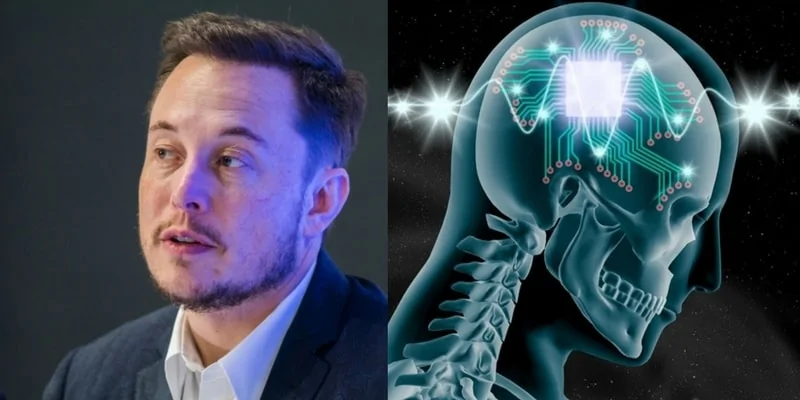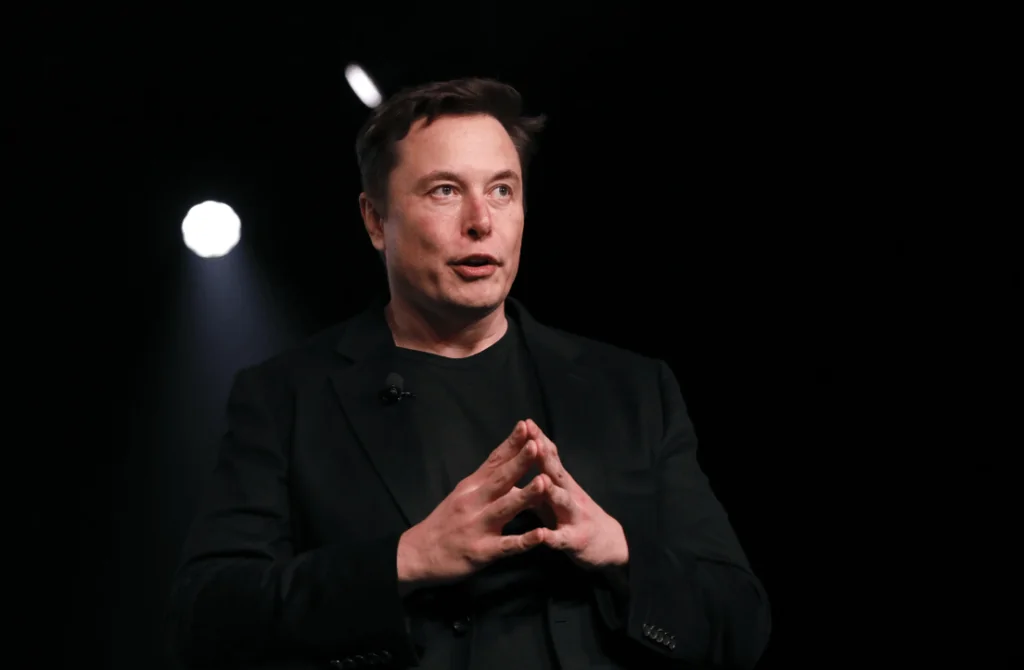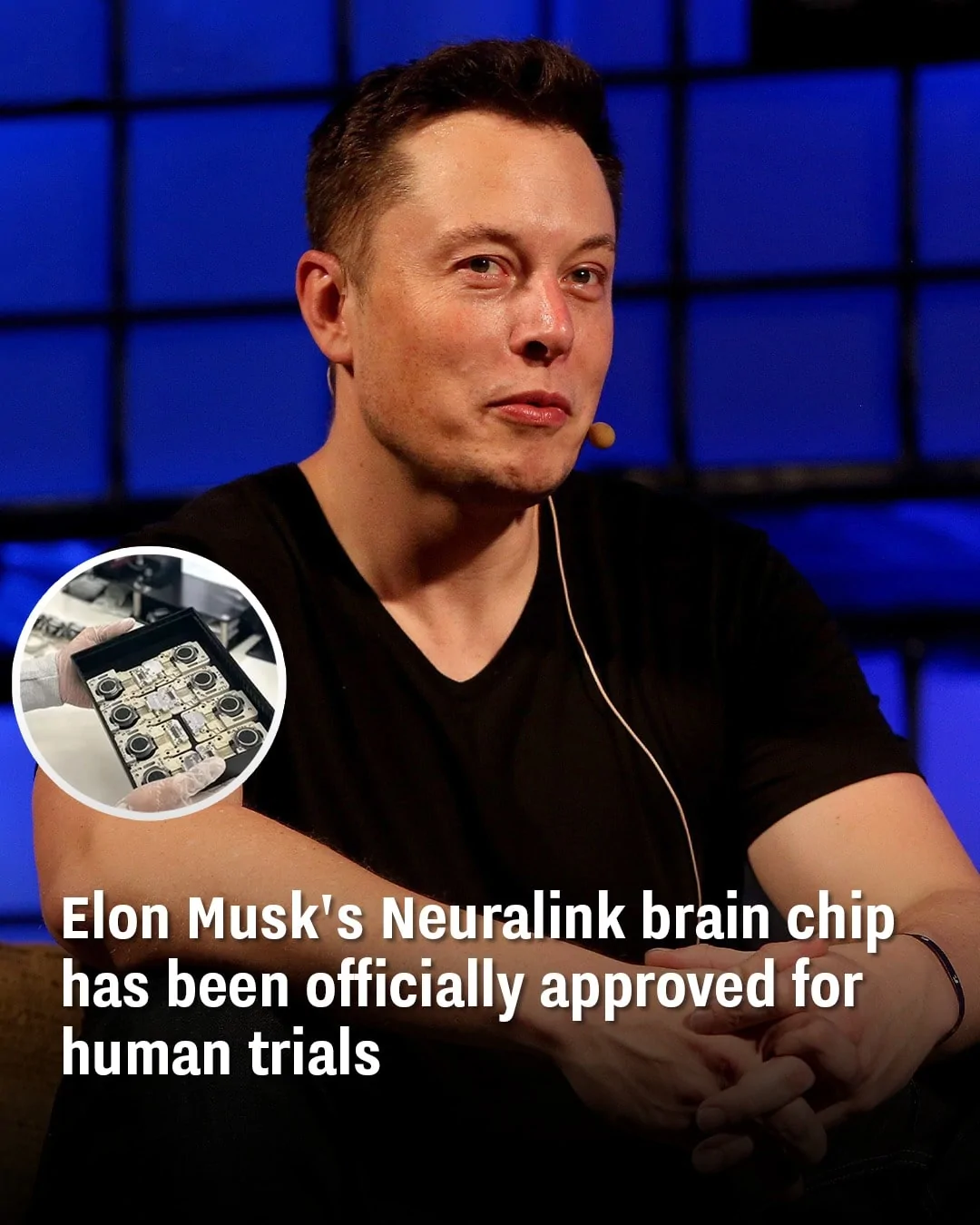Elon Musk provided a live webcast update on Neuralink, the brain-computer interface business he founded back in 2016, at the end of August of last year.
Maverick technologist Elon Musk, CEO of the cutting-edge electric vehicle manufacturer TeslaTSLA +3 percent and the space exploration firm SpaceX, presented the visionary roadmap for humanity’s future.
In Elon Musk’s vision of the future, cybernetic-enhanced super-humans will not only be able to battle the scourge of disease and infirmity but also be able to transcend their physical form by fusing with machines and technology.

The implantable device from Neuralink is “like a Fitbit in your skull,” according to Elon Musk. The technology aims to make it possible for high-throughput connections to external computers and, potentially, additional “links” installed elsewhere in the body. It employs electrode-carrying threads that are incredibly thin.
Neuralink is also unquestionably real. The company has more than 100 employees as of right now, and it wants to grow quickly.
Musk has also given the project $100 million of his own money. He also disclosed that Neuralink was designated as a Breakthrough Device by the US Food and Drug Administration in July of last year, which could speed up the approval process.
It’s possible that people with disabilities were attracted to Neuralink because of Musk’s repeated assertion that the company would first try to “solve important brain and spine problems.”.

Neuralink’s potential to treat a variety of chronic and terminal illnesses, including blindness, spinal cord injuries, memory loss, brain damage, and even depression, was in fact mentioned during the presentation.
In the company’s initial round of clinical trials, patients with spinal cord injuries will be the main target audience.
Those who are listening who have disabilities may find this to be a humorous story, or at the very least, something different from the dry medical terminology and statistical data found in professional journals.
This is undoubtedly influenced by Musk’s multibillionaire status and public perception as a trailblazing astronomer pushing the boundaries of science.
Even more intriguing is the undeniable fact that Musk’s goals for Neuralink go far beyond merely assisting those who are disabled.
Elon Musk has frequently expressed his worries to the general public about the risk that artificial intelligence poses to people.
Because he thinks AI technology will eventually surpass humans and become uncontrollable, he asserts that it poses a greater threat to human life than nuclear weapons.
In essence, Musk’s transhumanist desire to maintain control over highly intelligent machines and AI is what gave birth to Neuralink.
Musk said of the species as a whole, “It’s critical to understand how we coexist with advanced AI, achieving some sort of AI symbiosis, such that the future of the world is controlled by the combined will of the people of the earth. The most notable outcome of a technology like this might be that.
There are more recent business opportunities that can be taken advantage of despite the rise of cyborgs in the future.

In the end, who wouldn’t want to be able to stream music into their head or play mind-only virtual and immersive games?
Since it interacts with more overarching corporate or even existential goals, the technology is incredibly fascinating to those who are physically limited.
Only a few examples of extremely uncommon neurological conditions include Parkinson’s disease, motor neuron disease, and multiple sclerosis.
Yes, they are all brain-related, but they all have different underlying causes and modes of operation. As a result, in order to compete for the limited resources available, research for these diseases is highly specialized and moves slowly within academic silos.
Any new technology overnight transforms into an extremely alluring possibility, especially if it is backed by funding and more ambitious, mass-market objectives.
scientific community’s point of view.
Now is a good time to remember that the 1970s saw the beginning of research into brain-machine interfaces (BMI). In the initial demonstrations, patients moved a computer cursor while wearing external electrodes. The motion of wheelchairs, model cars, and robotic arms has recently been controlled by researchers using BMIs.
The neuroscience community has responded to Neurolink in a variety of ways, according to how it has been perceived.
The use of electrodes, which enables previously unheard-of throughput and data volumes (10 times greater than any other device), appears to be the company’s main innovation.
Neuralink’s hardware outperforms its rivals in terms of size, portability, power usage, and wireless capabilities, claims University of Toronto neuroscience research fellow Graeme Moffat.
The Neuralink release was hailed as “tremendously exciting” and “a huge technical achievement” by Ralph Adolphs, the Bren Professor of Psychology, Neuroscience, and Biology at the California Institute of Technology. ”.
Neuralink has also created a surgical robot that enables the insertion of minute wires with a diameter no larger than a human hair. Long-term plans call for completing the procedure as a day surgery using minimally invasive techniques, much like LASIK eye surgery is currently completed.
Some academics have criticized Neuralink’s theoretical foundations, especially when it comes to simulating higher-level brain functions like memory storage or thought.
According to Loren Frank, a neuroscientist at UCSF and the Howard Hughes Medical Institute, the naive confusion of thoughts and memories with the electrical discharges that take place alongside them displays “a failure of knowledge of biology. ”.
Given that there is no established scientific theory of human consciousness, this is hardly surprising.
The current stage of Neuralink, according to Musk’s presentation, is “solid engineering but mediocre neuroscience,” according to Professor Andrew Jackson of neural interfaces at Newcastle University. ”.
However, there is still hope for those who are drawn to Neuralink due to its potential in medicine.
Although there are many difficulties, controlling motor actions is unquestionably not as difficult a task as understanding concepts and memories.
The main thing these patients want, according to Steven Chase of Carnegie Mellon’s Neuroscience Institute, is independence, which this technology may be able to provide. The former will be of particular interest to people with disabilities.
So, there is hope that a commonplace device for regulating brain electrical signals may actually represent a new therapeutic field and method for crippling neurological illnesses, but the timing of this promise is less certain.
After all, this Elon Musk is the same one who predicted that one million fully autonomous vehicles would be on the road by the end of 2020.
Perhaps more than any other group in society, those with chronic illnesses are aware of how laborious and slow medical progress can occasionally be.
For no other reason than the fact that it is inherently difficult, research is dispersed. A whole research team’s lifetime may be spent figuring out how one drug, gene, or protein affects a particular disease.
Even for those who suffer from the most terrible illnesses, the idea that a cure or a fix might one day be discovered is the ultimate tantalizing taboo.
There is no one-size-fits-all approach to treating medical conditions, just as there is no right or wrong way for some people to view their disability as a fundamental part of who they are in the disability community.
For many people with disabilities, the solution is not something that needs to be “fixed” medically, but rather the chance to live in a society that is more tolerant, diverse, and barrier-free.
However, many people who have been identified as having a neurological disorder that may shorten their lifespan in later years would probably jump at the chance to keep those priceless skills that many neurological disorders cruelly and gradually rob them of.
We’ve all been taught that as technology advances, doctors will eventually discover a way to treat ailments that were previously thought to be incurable.
When it occurs and which generation will benefit are more important considerations than whether it will happen.
In the end, “Generation Fixed” may not have yet been a reality, but those of us alive today may be witnessing the development of a technology that will, in the future, make the removal of disabilities caused by neurological disease more than just a pipe dream.
Musk may come to the conclusion, when he is old and arthritic, that his journey to the uncharted territory of the human brain was more difficult than even exploring the stars and outer space.


